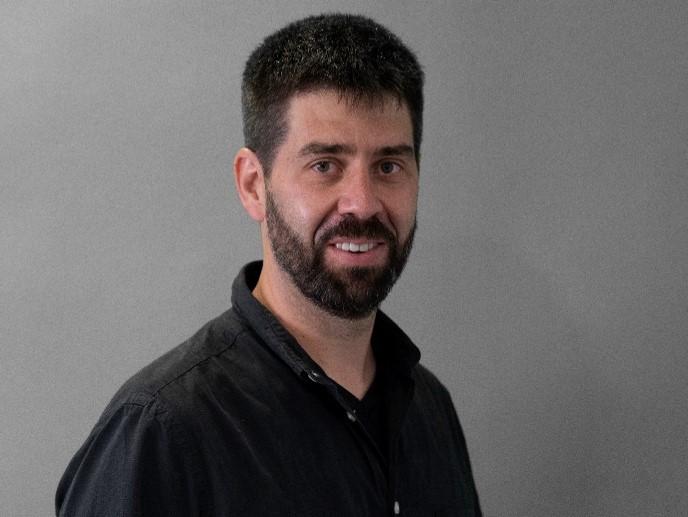Selected publications
Casanova, M., Moscatelli, M., Chauvière, L.É., Huret, C., Samson,
J., Liyakat Ali, T.M., Rosspopoff, O., Rougeulle, C.
A primate-specific retroviral enhancer wires the XACT lncRNA into
the core pluripotency network in humans.
Nat Commun 10:1-14 (2019).
Kilens, S., Meistermann, D., Moreno, D., Chariau, C., Gaignerie, A.,
Reignier, A., Lelièvre, Y., Casanova, M., Vallot, C., Nedellec, S.,
Flippe, L., Firmin, J., Song, J., Charpentier, E., Lammers, J.,
Donnart, A., Marec, N., Deb, W., Bihouée, A., Le Caignec, C.,
Pecqueur, C., Redon, R., Barrière, P., Bourdon, J., Pasque, V.,
Soumillon, M., Mikkelsen, T.S., Rougeulle, C., Fréour, T., David,
L., The Milieu Intérieur Consortium.
Parallel derivation of isogenic human primed and naive induced
pluripotent stem cells.
Nat Commun 9:360 (2018).
Vallot, C., Patrat, C., Collier, A.J., Huret, C., Casanova, M.,
Liyakat Ali, T.M., Tosolini, M., Frydman, N., Heard, E., Rugg-Gunn,
P.J., Rougeulle, C.
XACT Noncoding RNA Competes with XIST in the Control of X
Chromosome Activity during Human Early Development.
Cell Stem Cell 20:102-111 (2017).
Casanova, M., Liyakat Ali, T.M., Rougeulle, C.
Enlightening the contribution of the dark matter to the X
chromosome inactivation process in mammals.
Semin Cell Dev Biol 56:48-57 (2016).
Casanova, M., Pasternak, M., El Marjou, F., Le Baccon, P., Probst,
A.V., Almouzni, G.
Heterochromatin reorganization during early mouse development
requires a single-stranded noncoding transcript.
Cell Rep 4:1156-1167 (2013).
Probst, A.V., Okamoto, I., Casanova, M., El Marjou, F., Le Baccon,
P., and Almouzni, G.
A strand-specific burst in transcription of pericentric
satellites is required for chromocenter formation and early mouse
development.
Dev Cell 19:625-638 (2010).
CCasanova, M., Preissner, T., Cerase, A., Poot, R., Yamada, D., Li,
X., Appanah, R., Bezstarosti, K., Demmers, J., Koseki, H.,
Brockdorrff, N.
Polycomblike 2 facilitates the recruitment of PRC2 Polycomb group
complexes to the inactive X chromosome and to target loci in
embryonic stem cells.
Development 138:1471-1482 (2011).
Stock, J.K., Giadrossi, S., Casanova, M., Brookes, E., Vidal, M.,
Koseki, H., Brockdorff, N., Fisher, A.G., Pombo, A.
Ring1-mediated ubiquitination of H2A restrains poised RNA
polymerase II at bivalent genes in mouse ES cells.
Nat Cell Biol 9:1428-1435 (2007).
Azuara, V., Perry, P., Sauer, S., Spivakov, M., Jørgensen, H.F.,
John, R.M., Gouti, M., Casanova, M., Warnes, G., Merkenschlager, M.,
Fisher, A.G.
Chromatin signatures of pluripotent cell lines.
Nat Cell Biol 8:532-538 (2006).

